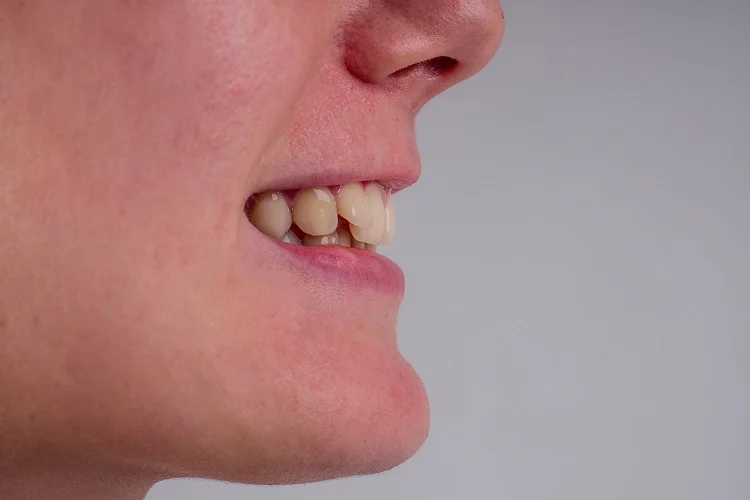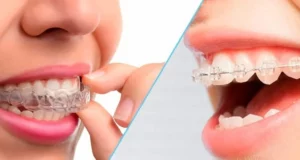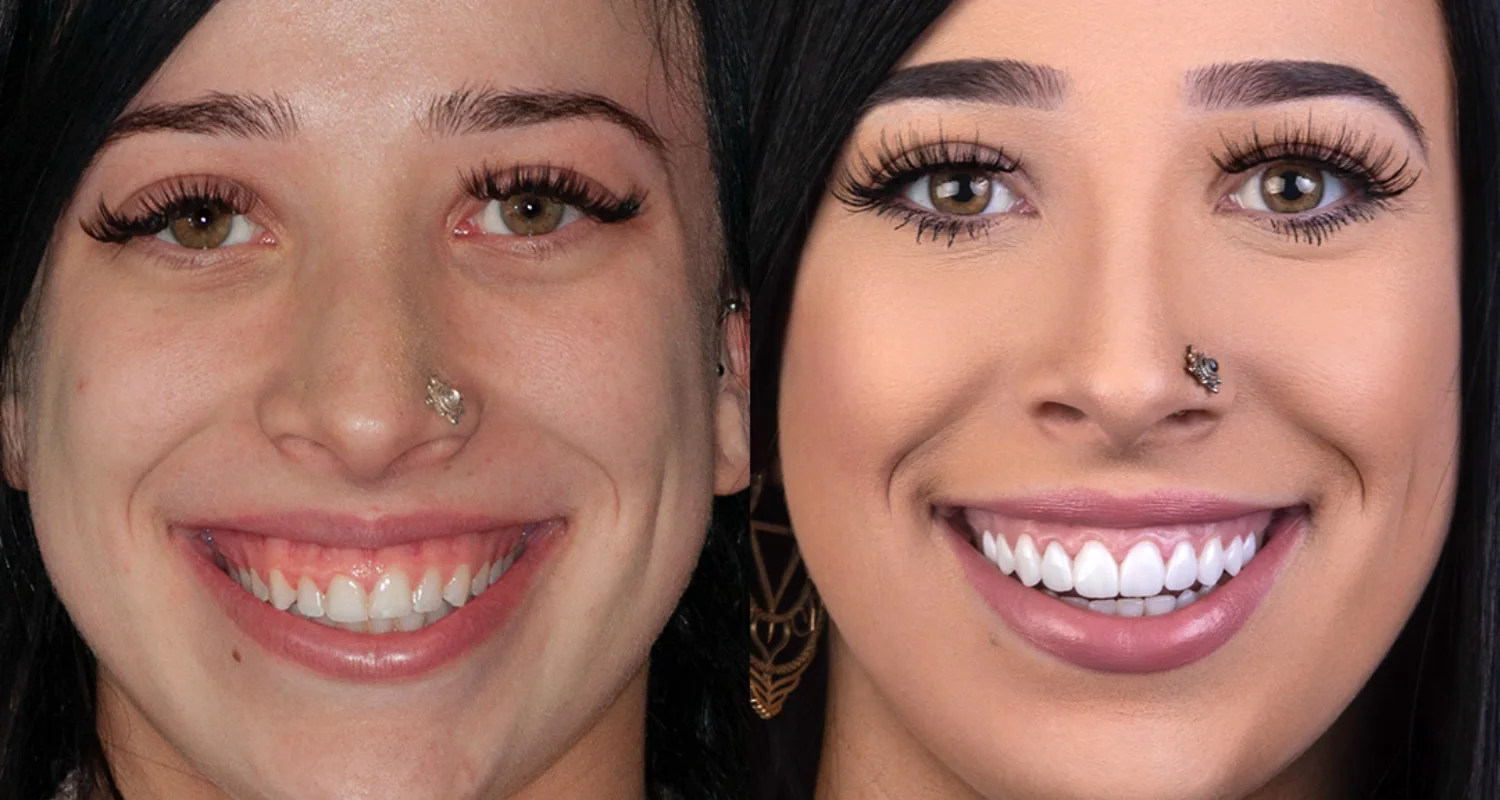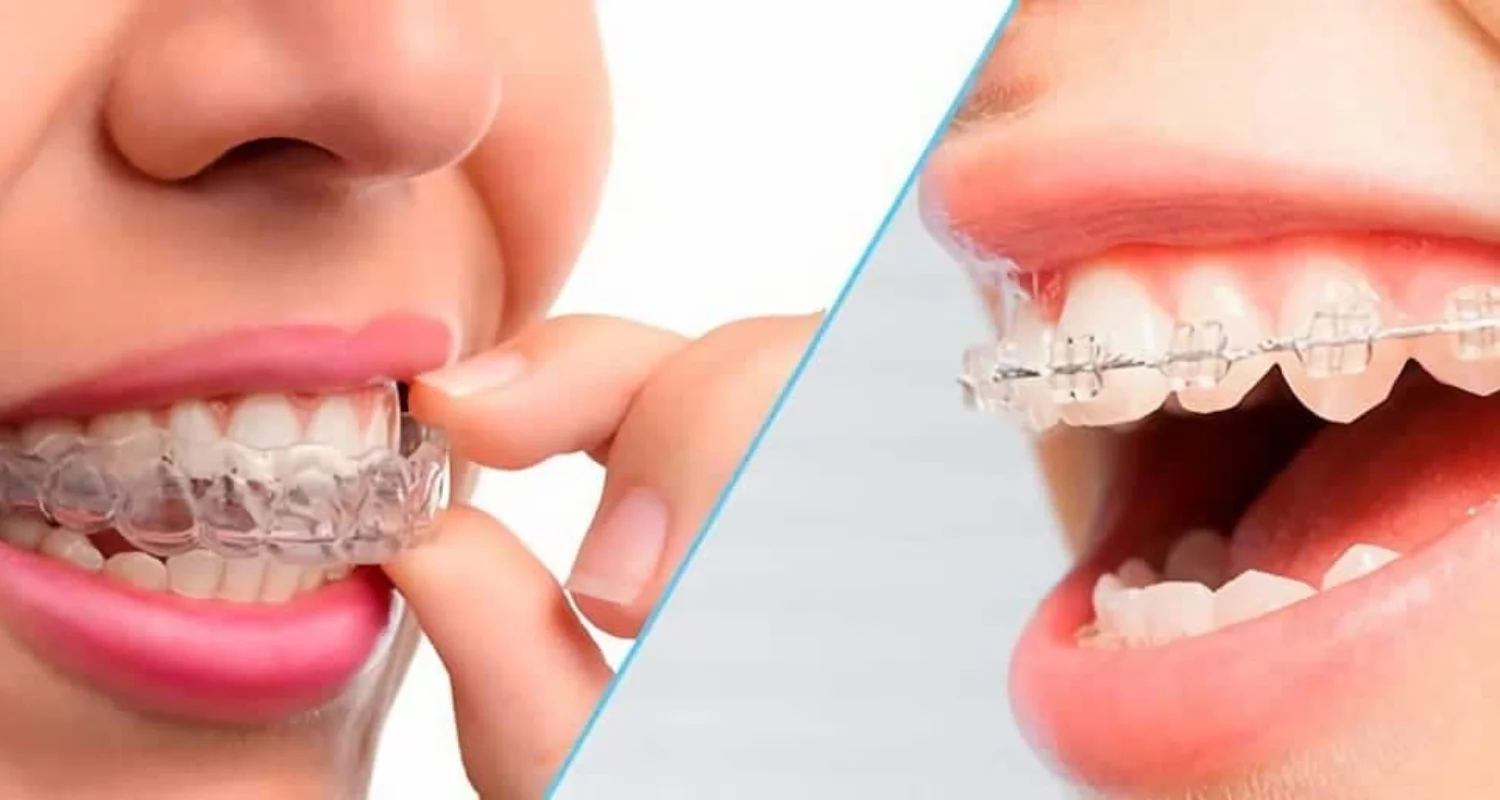Last Updated on: 8th June 2024, 04:38 pm
✓ Fact Checked 🕓
❙ Our team of writers, editors, and medical experts rigorously evaluates each article to ensure the information is accurate and exclusively cites reputable sources.
❙ We regularly assess how the content in this article aligns with current scientific literature and expert recommendations in order to provide the most up-to-date research.
Malocclusion is the alteration of bone growth and the position of the teeth that prevents proper functioning. This occurs when the teeth erupt in a bad position within the arch or concerning the opposite jaw. Genetic and environmental factors are the two main causes of the different types of malocclusion.
For most people, the main problem with malocclusions is aesthetics; however, this is the least of the problems since it affects chewing and phonation. It is estimated that 75% of children and adolescents have some degree of bite disorder, 37% of which have severe malocclusions.
It can also be referred to as:
• Open bite
• Overbite
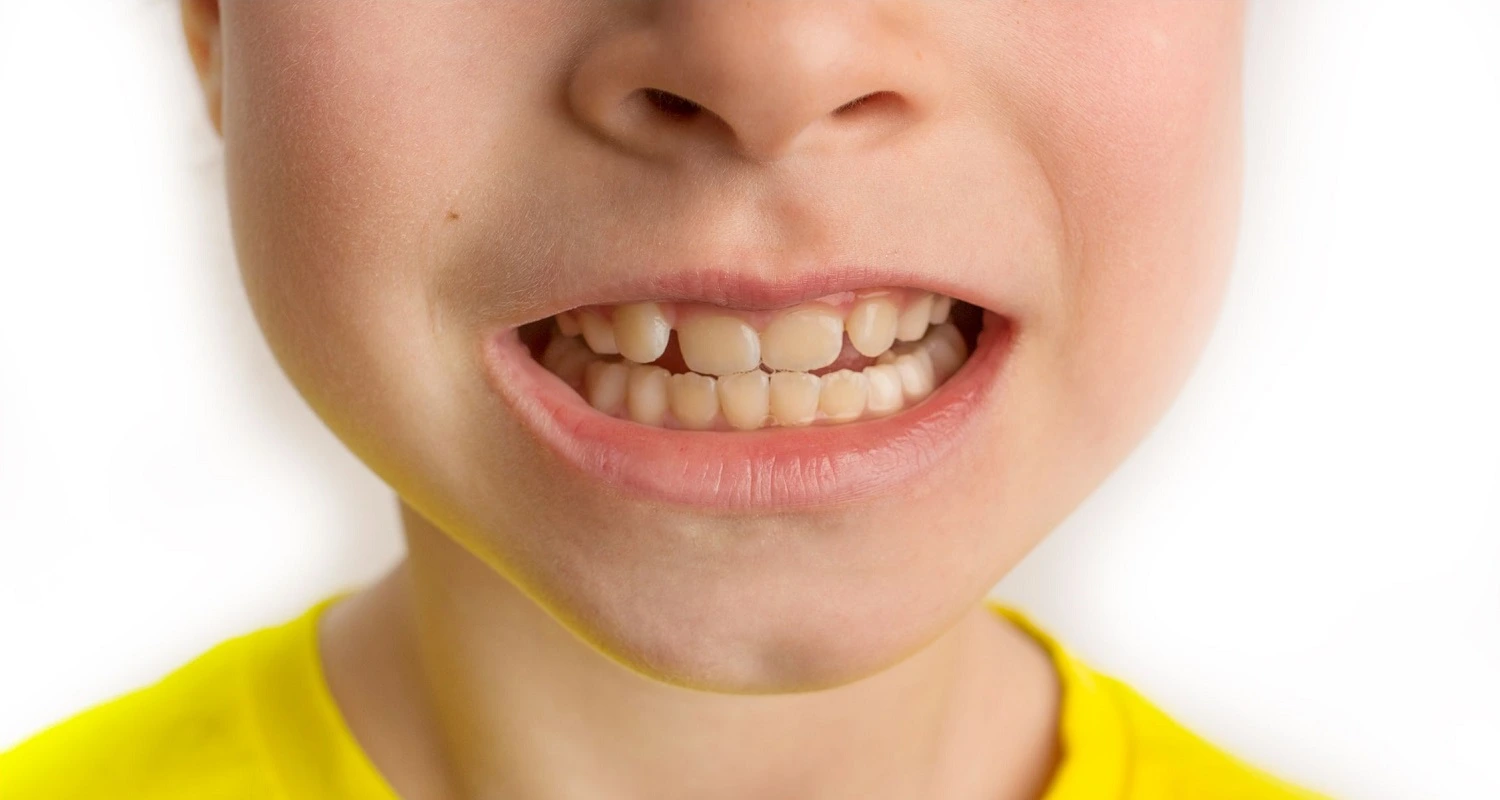
What are the Causes?
Malocclusions can be caused by different factors, including:
• Inheritance: It is very common for dental problems to be inherited from parents or even from relatives in the first or second degree of consanguinity.
• Habits: Prolonged use of pacifiers, finger or finger sucking, nail biting, lip biting, or having the habit of breathing through the mouth can cause a dental malposition.
• Local causes: Loss of temporary teeth or the non-formation of teeth can cause malposition of the teeth due to displacement. The habit of oral breathing and the interposition of the tongue between the teeth can also cause dental malocclusions.
Types of Malocclusion
There are three types of malocclusions:
• Transverse malocclusions: This alteration consists of an alteration in the width of the lower jaw concerning the upper jaw, causing unilateral or bilateral crossbite
• Vertical malocclusions: This is the lack of contact between upper and lower teeth, also known as anterior open bite.
• Sagittal malocclusions: According to the relationship of the permanent molars they are classified as:
1. Class I: Correct position of the upper molars concerning the lower ones; however, the teeth are very crowded or very separated. This type not serious and is the most common.
2. Class II: In this type, also known as retrognathism, the upper jaw is seen far in front, surpassing the lower teeth. In most cases, it is due to excessive growth of the upper jaw bones concerning the lower jaw.
3. Class III: It is also known as prognathism, which is characterized by the lower teeth being ahead and overlapping the upper teeth. In this case, the mandible is seen far in front of the upper jaw, affecting not only aesthetics but also the chewing and speaking functions. It can be caused by the habit of sending the mouth forward and by the mandible growing excessively in relation to the upper jaw.
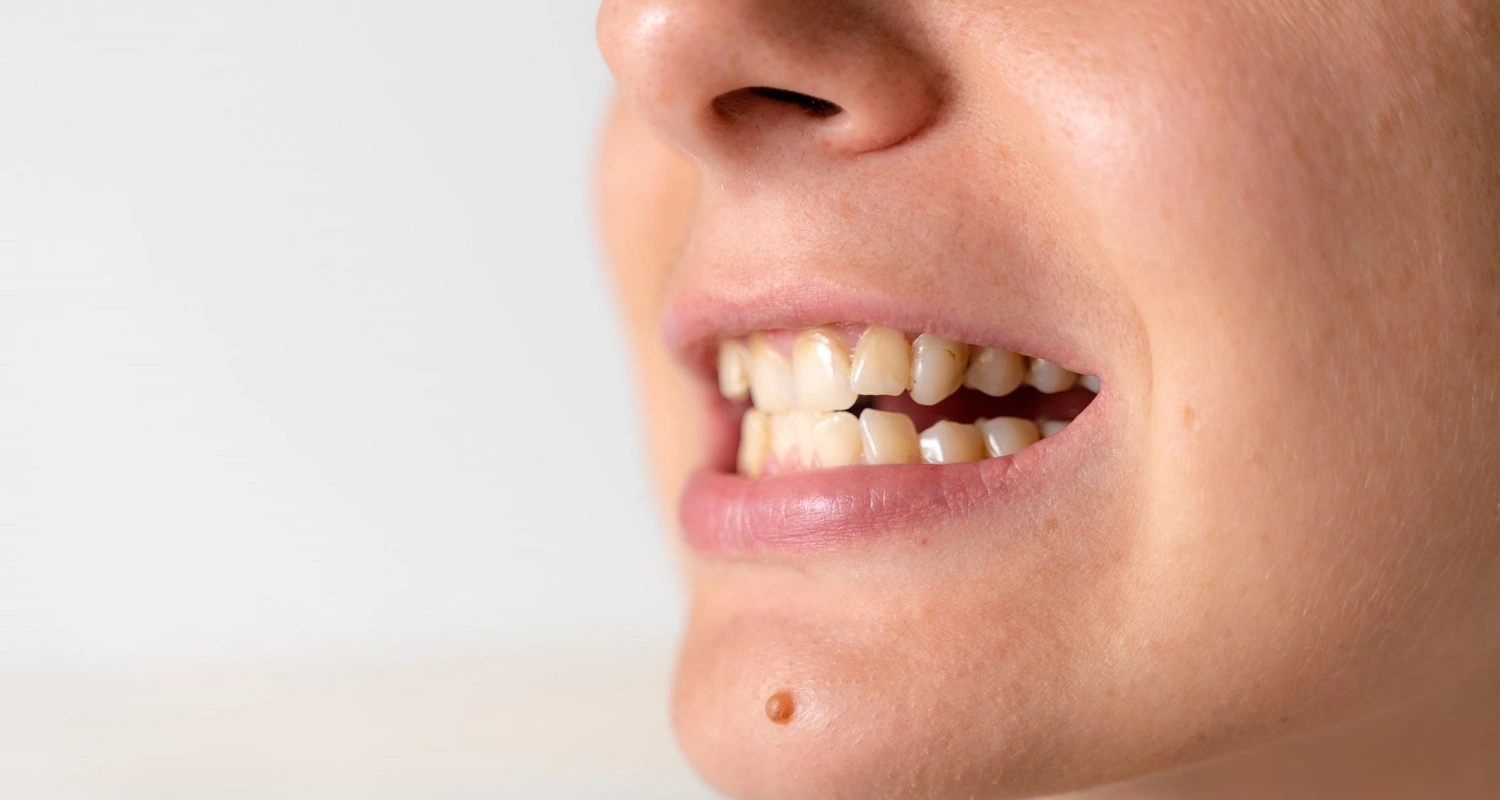
Does Dental Malocclusion Cause Problems?
The short answer to this question is, yes. Dental malocclusions can mainly cause aesthetic problems, but it can also cause problems such as:
• Chewing problems: since the upper teeth do not fit with the lower ones, it is not possible to chew properly. In addition, it is very common to have digestive problems.
• Crowded or crowded teeth: these teeth are difficult to brush and are therefore more susceptible to tooth decay and gum disease.
• Bruxism: consists of clenching the teeth a lot, causing pain in the face and the temporomandibular joint.
• Sleep apnea: this pathology is characterized by snoring or episodes of not breathing that last for seconds.
• Alterations in the temporomandibular joint (TMJ).
• Speech deficiencies.
• Pathological wear on teeth.
How are Dental Malocclusions Diagnosed?
The diagnosis should always be made in consultation with a specialist dentist, although the first observation can be made by a general dentist, who will do a clinical examination and rely on X-rays to determine the type and the most appropriate treatment.
It is important to diagnose and treatment of malocclusion early, since in childhood, it is much easier to treat and even prevent. If the disease is not treated, it can alter the different oral functions, such as speech, breathing, and chewing. Malocclusions can also cause ringing in the ears, dizziness, sinus pain, and headaches.
Preventive Tips
To prevent any type of disease, it is important to make regular visits to the dentist – at least twice a year. It is also important to avoid bad habits such as prolonged use of pacifiers or bottles, thumb-sucking, and biting objects such as pencils and nails.
The following factors should also be taken into account:
• Feeding: It is important to include adequate nutrition in the diet of children, promoting chewing. They will learn that they can eventually replace a soft diet with a more solid one.
• Oral hygiene habits: Correct brushing and the use of hygiene items such as dental floss and mouthwashes prevent the accumulation of bacterial plaque that causes dental caries and gum disease. If you want to learn and perfect your oral hygiene routine, you can check this article.
• Bruxism: It is important to determine if you have this habit or not. It is usually involuntary and very rarely do people notice it immediately. But, if you suffer from pain in the muscles of the face when you wake up, you may be clenching your teeth. In this case, it is best to consult the dentist.
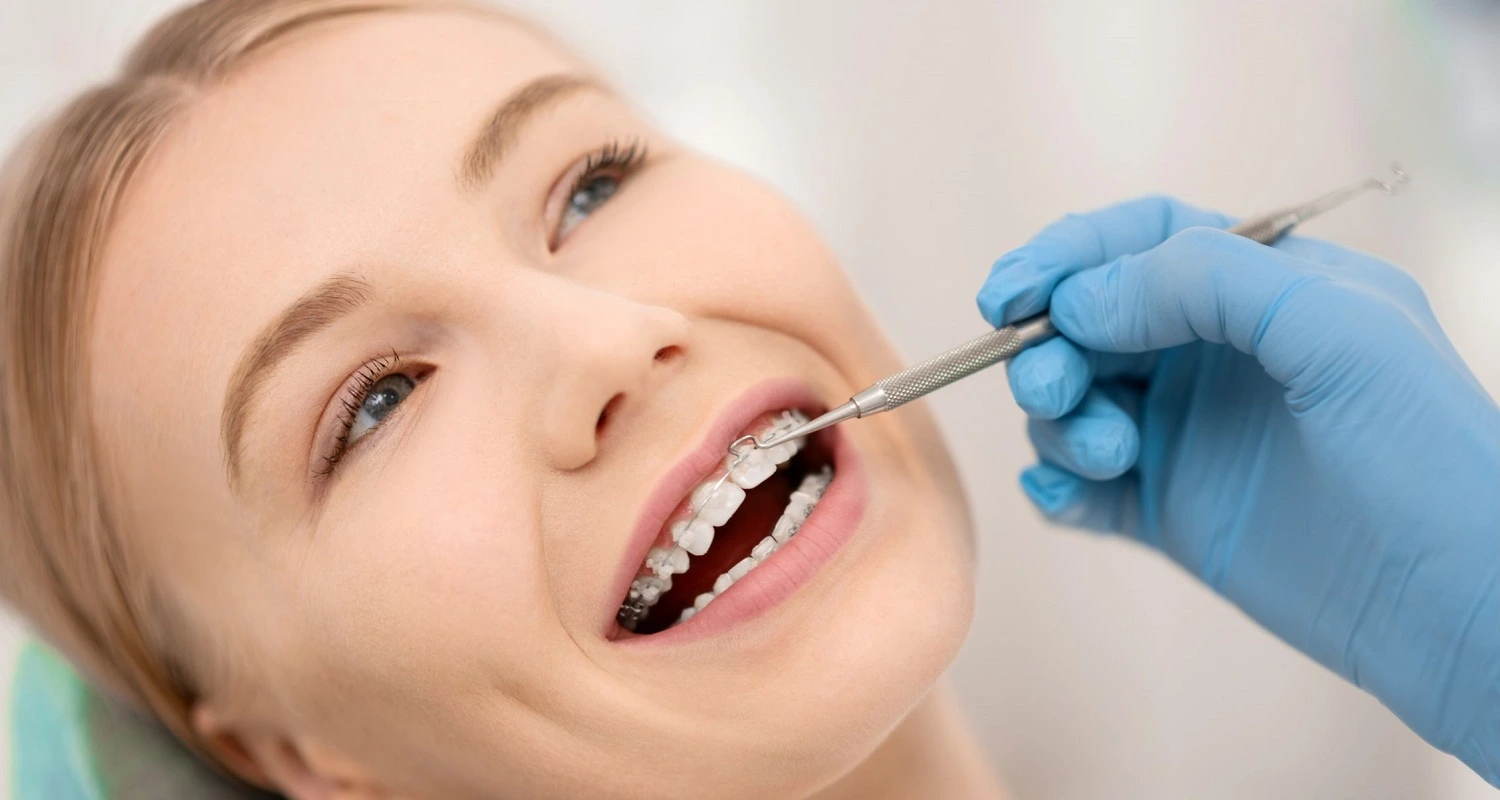
Dental Malocclusions Treatment
Most cases can be treated with orthodontics alone; however, when it includes bone growths, such as class II and III, orthodontic treatment is complemented by surgery. To learn more about the treatment of malocclusion, you can check this related article.
If the malocclusion is detected in time, it can be treated with interceptive orthodontics. On the contrary, if it is corrected in adulthood, corrective orthodontics is performed. Whatever the case, it should be treated by a specialist in orthodontics and an oral surgeon if required.
Frequently Asked Questions
What is malocclusion?
Malocclusion is the alteration of bone growth and/or the position of the teeth that prevents proper functioning. This occurs when the teeth erupt in a bad position within the arch or with respect to the opposite jaw.
What causes malocclusion of teeth?
Malocclusion can be caused by genetic factors, such as inherited dental problems, and environmental factors, like prolonged use of pacifiers, thumb sucking, nail biting, lip biting, and mouth breathing. Local causes include loss of temporary teeth or the non-formation of teeth.
What are the types of dental malocclusion?
There are three types of dental malocclusion: Transverse malocclusion, which is an alteration in the width of the lower jaw with respect to the upper jaw, causing crossbite; Vertical malocclusion, which is the lack of contact between upper and lower teeth, known as an open bite; Sagittal malocclusion, which includes Class I (correct position of molars but crowded or spaced teeth), Class II (upper jaw far in front of lower jaw, known as retrognathism), and Class III (lower teeth ahead of upper teeth, known as prognathism).
Can dental malocclusion cause problems?
Yes, dental malocclusion can cause several problems, including aesthetic issues, chewing problems leading to digestive issues, crowded teeth prone to decay and gum disease, bruxism (teeth grinding), sleep apnea, temporomandibular joint (TMJ) disorders, speech deficiencies, and pathological wear on teeth.
Can dental malocclusion be prevented?
Preventing dental malocclusion involves regular visits to the dentist, avoiding bad habits like prolonged use of pacifiers or bottles, thumb sucking, and biting objects. Ensuring proper nutrition, maintaining good oral hygiene, and managing bruxism are also important preventive measures.
Share:
References
1. Cielo del Carmen Ruiz López, G. S. (October 1, 2015).Orthopaedic correction of an anterior cross-bite. Retrieved from Anterior crossbite correction with orthopedics: https://www.elsevier.es/es-revista-revista-mexicana-ortodoncia-126-articulo-correccion-mordida-cruzada-anterior-con-S2395921516000647
2. Santa Clara Clinic. (January 1, 2023).Santa Clara Clinic. Obtained from Cross bite: prevention and treatment: https://dentalnavalcarnero.com/la-mordida-cruzada-prevencion-tratamiento/
3. Iron and brass. (May 17, 2017). Obtained from I have an open bite: What is the treatment to correct it?: https://www.clinicaferrusbratos.com/mordida/abierta/
4. García García V.J, U.T. (01 March 2011).Advances in odontostomatology. Obtenido de Evaluation of malocclusion, functional and oral habits alteration in a school student population: Tarragona and Barcelona: https://scielo.isciii.es/scielo.php?script=sci_arttext&pid=S0213-12852011000200003
5. Miriam Veronica Lima Illescas, A. R. (April 01, 2019).Cuban journal of stomatology. Obtenido de Dental malocclusion and its relationship to harmful oral habits: http://scielo.sld.cu/scielo.php?script=sci_arttext&pid=S0034-75072019000200009
6. Monserrat, M. A., Valeria, S. C., & Estuardo, B. C. (01 January 2014).orthodontic magazine. Obtained from Class I Malocclusion, orthodontic treatment – Literature review: https://www.ortodoncia.ws/publicaciones/2014/art-28/
7. Patricia, A. R., Valeria, S. C., & Estuardo, B. C. (01 January 2014).orthodontic magazine. Obtained from Class II-1 Malocclusion, orthodontic treatment – Literature review: https://www.ortodoncia.ws/publicaciones/2014/art-26/
8. Ventureira aguilera (01 January 2023).Ventureira aguilera. Obtained from Very large mandible with lower teeth biting in front of the upper ones: https://ventureiraaguilera.com/portfolio-items/caso-clinico-6-clase-iii-mandibula-muy-grande-con-los-dientes- inferiors-biting-ahead-of-superiors/


